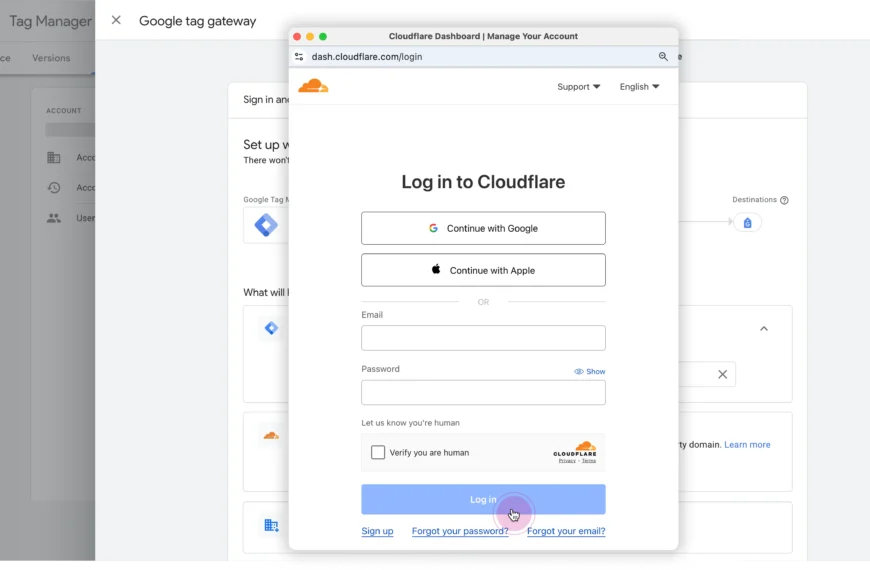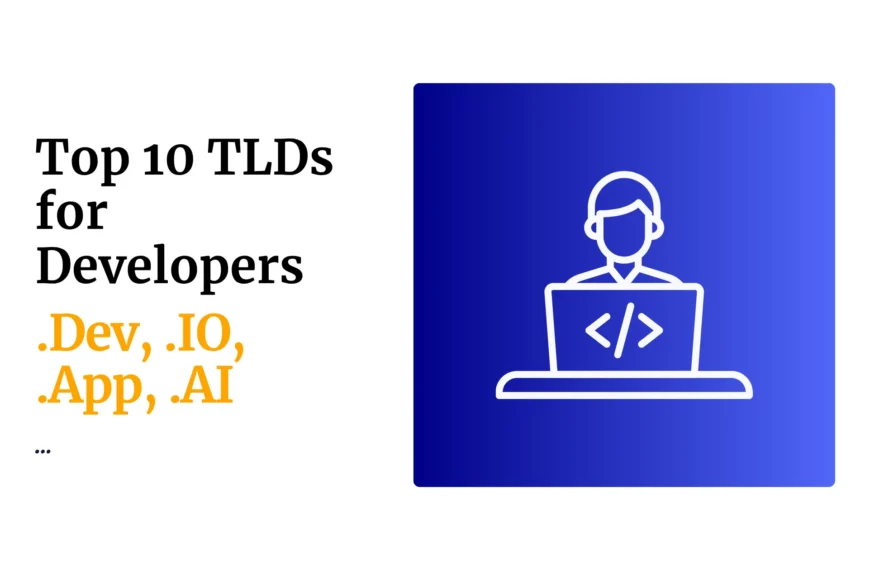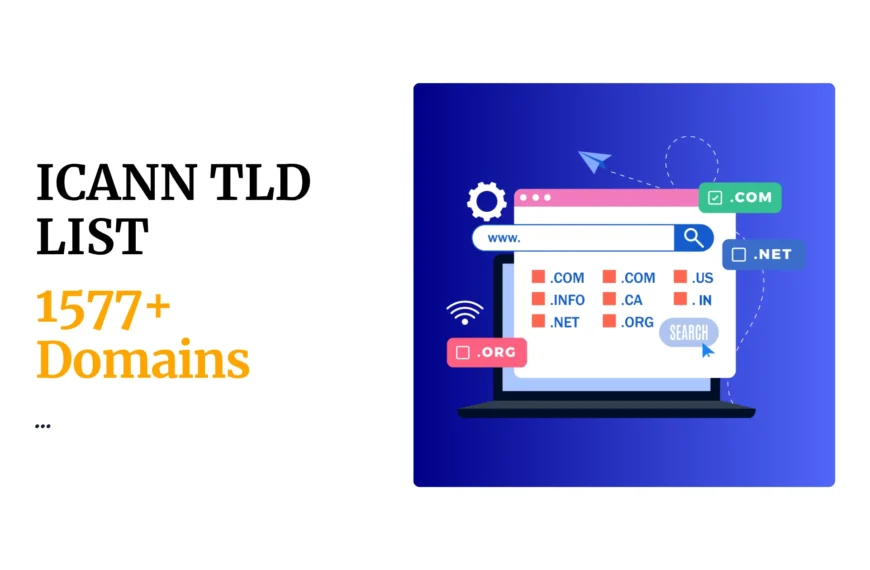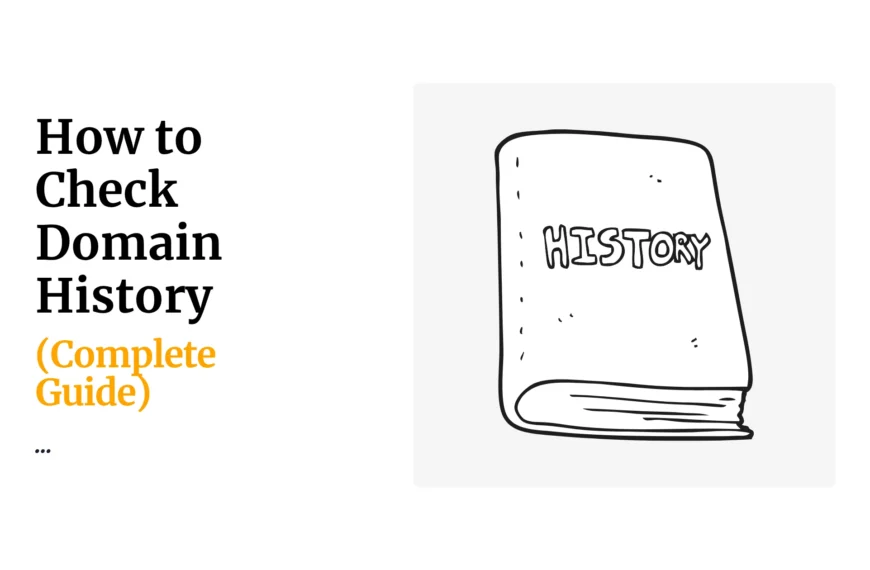Buying a domain name sounds easy. But before you hit that purchase button, there’s one thing you must not skip — checking its history.
You’re not just buying a web address. You’re buying a digital identity with a past. That past could be clean. Or it could be hiding spam, scams, or a bad rep with Google.
If you skip this step, you could end up with a domain that tanks your SEO, kills your email outreach, or drags your brand into legal messes.
7 Reasons Why You Need to Check the History of a Domain
1) Bad SEO history can ruin your rankings
A domain may have been penalized by Google in the past due to:
- Spammy backlinks
- Keyword stuffing
- Low-quality content farms
- Fake link schemes
These are serious offenses in the eyes of search engines. And once a domain is marked, it can take months — sometimes years — to recover.
“I once bought a domain that looked great on the surface. Six months later, and hundreds of published content, I was still struggling to rank. Turned out Google had deindexed it years ago.”
How to check:
- Use tools like Ahrefs Site Explorer or Moz Link Explorer to analyze backlinks.
- Look out for low-quality referring domains or a spammy anchor text profile.
2) You inherit the domain’s reputation
Think of it like this: a domain is a digital storefront. If the last business running there scammed customers, your brand could get judged before you even launch.
Past uses like:
- Adult content
- Fake giveaways
- Cryptocurrency scams
- Illegal downloads
…can scare off visitors and even trigger negative reviews — even when you’re completely legit.
Your audience remembers. And they do talk about it.
How to check:
- Use the Wayback Machine to see how the site looked over the years.
- Scan for any mention of the domain on forums, Reddit, or scam alert sites.
- Google the domain with phrases like “scam,” “review,” or “fraud” and see what pops up.
3) Email deliverability may drop to zero
Even with clean content and verified email servers, your outreach won’t work if the domain is blacklisted by spam filters.
Domains used in bulk email campaigns, phishing, or spoofing often end up on global blocklists like:
- SpamHaus
- SORBS
- Barracuda
- DNSBL
This means your emails will never reach inboxes — they’ll go straight to spam or bounce completely.
How to check:
Use MXToolbox or Talos Intelligence to scan for blacklist records.
4) The domain could be tied to cybercrime
Domains sometimes get used for shady purposes and then dumped. You don’t want to pick one of those up by accident.
Past signs of cybercrime include:
- Hosting phishing kits
- Malware downloads
- Botnet control panels
- Fake login pages mimicking banks or payment gateways
Search engines and antivirus tools remember these. If you own the domain, they may treat you as the threat.
How to check:
- Enter the domain to VirusTotal for threat analysis.
- Use URLVoid to assess its online reputation.
5) DNS and WHOIS history reveals deeper issues
Some domains constantly change owners and servers. That’s not a good sign.
Here’s what you should watch out for:
- Frequent changes in IP addresses
- Shifting DNS records
- Rapid changes in nameservers
- Ownership flipping every few months
These patterns point to bulletproof hosting, domain flipping, or shady affiliate use.
How to check:
Use tools like:
You’ll see a full record of:
| Detail | Why it matters |
|---|---|
| Registrar history | Shows if it changed hands too often |
| DNS records | Unusual changes suggest dodgy activity |
| WHOIS ownership | Helps confirm legitimacy |
| IP addresses | Can expose past use of shady hosts |
6) The domain might still be tied to trademarks
Even if it’s expired and for sale, the name might be under a registered trademark.
Using it could:
- Trigger a legal battle
- Get your site taken down
- Kill your brand before it starts
How to check:
- Search Kenya’s KIPI trademark registry
- Use WIPO Global Brand Database for international trademarks
- Avoid names that match big companies or known products — even if slightly altered
Summary: What to check before buying a domain
Here’s a quick checklist:
| Item to check | Tool to use |
|---|---|
| Indexed on Google | site:domain.com |
| Backlink profile | Ahrefs, Moz |
| Historical content | Wayback Machine |
| Email blacklist status | MXToolbox |
| Malware or spam flags | VirusTotal, URLVoid |
| WHOIS & DNS history | DomainTools, SecurityTrails |
| Trademark conflicts | KIPI, WIPO |
Final thought: Always inspect before you invest
You wouldn’t buy a house without checking if it had fire damage or unpaid taxes, right?
Domains are no different.
A bad history can follow your brand for years. You only get one chance to build trust. Start from a clean place.
Do the research now so you don’t pay for it later.
Want a free domain health checklist or a domain vetting spreadsheet? I can create one for you…
 Domain SearchInstantly check and register your preferred domain name
Domain SearchInstantly check and register your preferred domain name Web Hosting
Web Hosting cPanel HostingHosting powered by cPanel (Most user friendly)
cPanel HostingHosting powered by cPanel (Most user friendly) KE Domains
KE Domains Reseller HostingStart your own hosting business without tech hustles
Reseller HostingStart your own hosting business without tech hustles Windows HostingOptimized for Windows-based applications and sites.
Windows HostingOptimized for Windows-based applications and sites. Free Domain
Free Domain Affiliate ProgramEarn commissions by referring customers to our platforms
Affiliate ProgramEarn commissions by referring customers to our platforms Free HostingTest our SSD Hosting for free, for life (1GB storage)
Free HostingTest our SSD Hosting for free, for life (1GB storage) Domain TransferMove your domain to us with zero downtime and full control
Domain TransferMove your domain to us with zero downtime and full control All DomainsBrowse and register domain extensions from around the world
All DomainsBrowse and register domain extensions from around the world .Com Domain
.Com Domain WhoisLook up domain ownership, expiry dates, and registrar information
WhoisLook up domain ownership, expiry dates, and registrar information VPS Hosting
VPS Hosting Managed VPSNon techy? Opt for fully managed VPS server
Managed VPSNon techy? Opt for fully managed VPS server Dedicated ServersEnjoy unmatched power and control with your own physical server.
Dedicated ServersEnjoy unmatched power and control with your own physical server.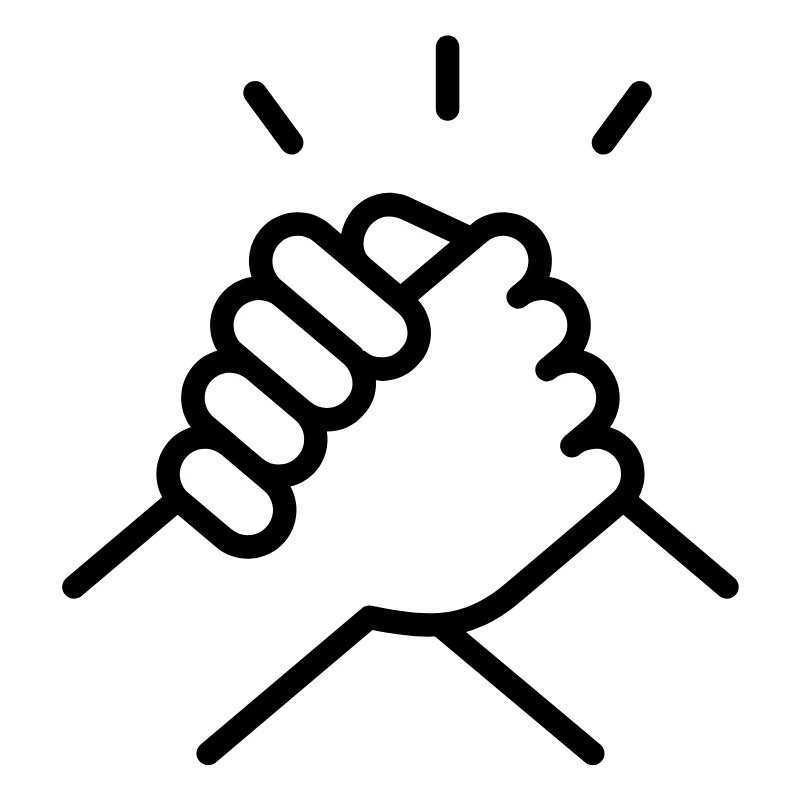 SupportOur support guides cover everything you need to know about our services
SupportOur support guides cover everything you need to know about our services


